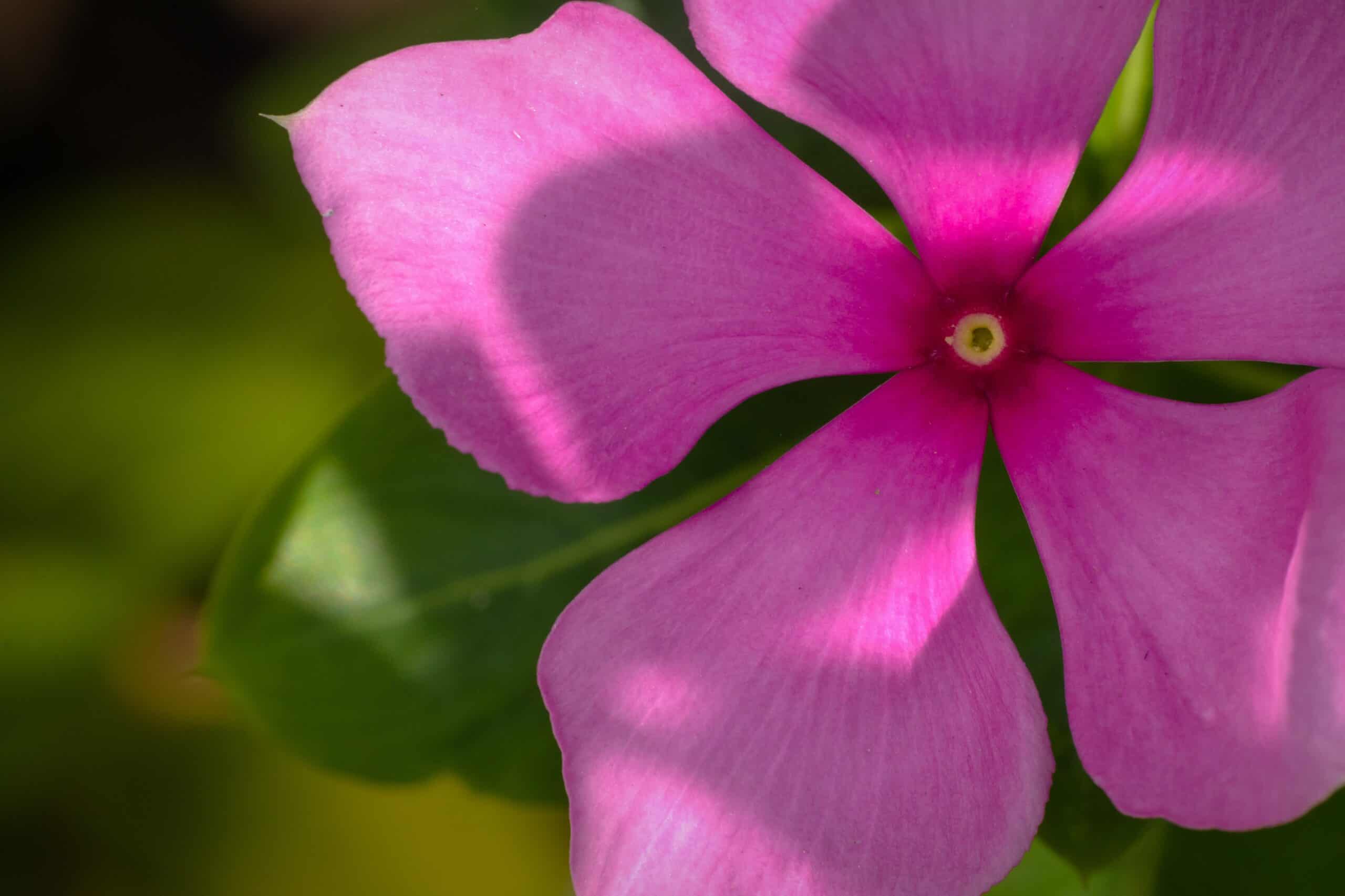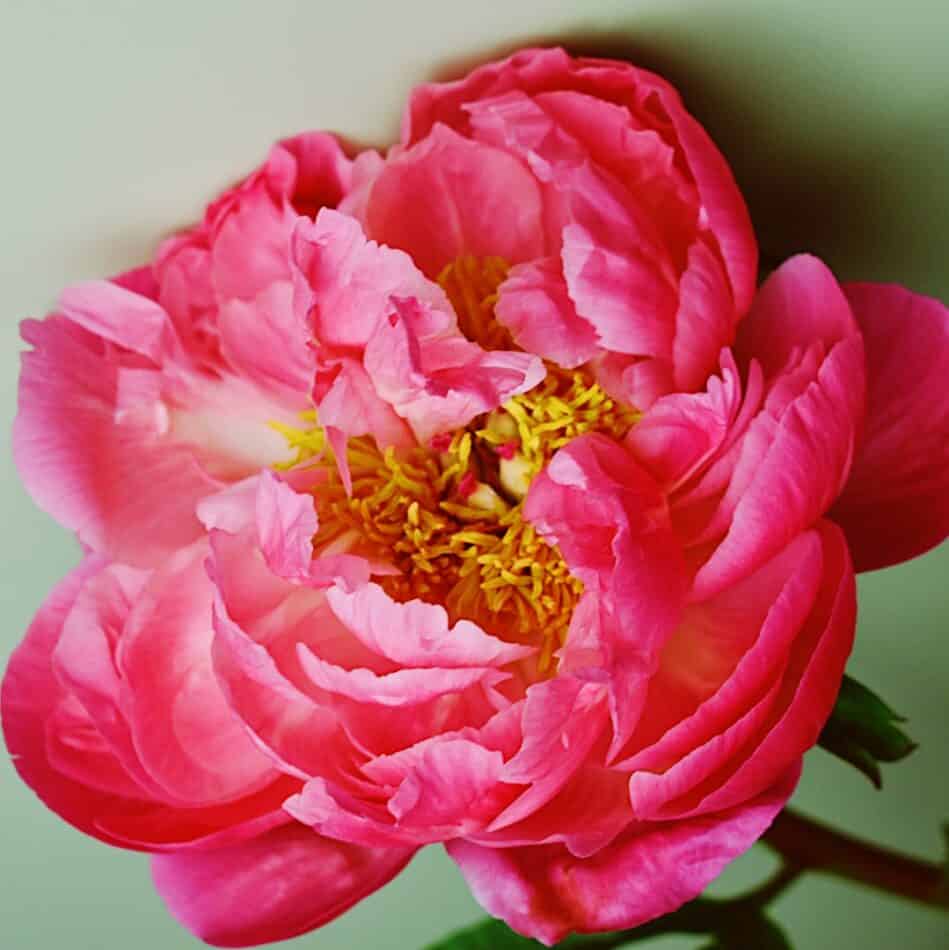The Spanish bluebell (Hyacinthoides Hispanica) is a bulbous perennial that is often grown for its showy bell-shaped blooms in shades of violet-blue, lavender, pink, or white. Native to moist and shady conditions in the Mediterranean, it is an ideal addition to woodland gardens, rock gardens, and naturalized areas.This low-maintenance plant requires little to no care once established and is resistant to most pests, making it an attractive and easy to maintain addition to any garden.
How to Plant
Spanish bluebells should be planted in the Autumn, ideally around October. Ensure that the soil is well-drained and moist. These plants do best in partial sun or full shade, and prefer a slightly acid soil with a pH of about 6.0. They should be planted at a depth of 5–7 cm (2–3 in) deep and with a spacing of around 4–6 (1.6–2.4in) apart. To aid in water absorption, add a generous layer of organic matter such as leaf mould or compost to the soil when planting the bulbs.
Due to their relatively shallow roots and natural growing habits, these bulbs can benefit from regular mulching. This will help retain moisture, keep weeds away, and repel pests. A 2.5–5cm (1–2in) covering of chopped bark or other organic material should suffice.
Meaning and Symbolism
The genus name, Hyacinthoides, is derived from the Greek god Hyacinthus, who was struck by a discus during a game and died from the wound. The species name Hispanica noticeably refers to the plants native region in the Mediterranean. The Spanish bluebell is a symbol of constancy in love and fidelity
History, Mythology, and Religious Significance
In mythology, the bluebell is associated with Beatrice, the lover of poet Dante, who is said to have turned into a bluebell when she died. The bluebell has also been regarded as a sign of luck and the legend says that if a bluebell follows one’s steps, it is a successful omen.
The Spanish bluebell was brought to the British Isles centuries ago and is often used in Anglican churches as decoration. It is particularly popular in spring when the leaves and blooming bluebells can be seen spreading in churches. It is often seen as a sign of peace, hope, and new life.
Flower Varieties and Their Defining Characteristics
The Spanish bluebell is part of the Hyacinthaceae family and generally classified as a perennial. There are several varieties of Hyacinthoides Hispanica that can be grown. These varieties may have different bloom times and can have differently colored flowers. Here are the most common varieties and the characteristics that define them:
- Hyacinthoides Hispanica ‘Alba’ – This variety blooms in April and May with large white flowers.
- Hyacinthoides Hispanica ‘Albescens’ – This variety blooms in late April to May, and has white flowers with beautiful blue streaks.
- Hyacinthoides Hispanica ‘Blue Bell’ – Blooming in early spring, this variety has blue flowers with a hint of pink.
- Hyacinthoides Hispanica ‘White Bell’ – This particular variety has large white flowers with an exquisite scent.
How to Pot and Repot
To make sure Spanish bluebells thrive in your home or garden, it is important to ensure they are well-potted and repotted where needed. Before planting, it is important to ensure that the pot has holes in the bottom so that the soil can drain properly and the roots are not left standing in water. A soil mix of relatively equal parts compost and perlite, mixed with some good quality potting compost should be used when potting and repotting the plants.
The frequency and depth of potting will depend on the growth of your plants. It is usually advisable to repot once a year, in early spring, into a pot one size larger if needed. Repotting should be done with care as Spanish bluebells have delicate roots and can easily be damaged if handled in haste.
How to Prune
Pruning Spanish bluebells can help promote flowering and in achieving a fuller, healthy plant. After flowering time, plants and flower stems can be trimmed away with pruning shears, or other sharp garden tools, to encourage a denser growth. Avoid pruning the bulbs themselves as this can greatly reduce their performance the following year.
As plants form clumps over the years, they can be divided and spread out to give them a more open habit. This is best done in early summer and should be done in the cooler parts of the day to reduce stress to the plant. Use a sharp knife, or garden spade, to carefully divide the clump into pieces, ensuring each piece has plenty of roots. These can then be planted out into their new positions.
How to Propagate
Spanish bluebells are best propagated through dividing. As plants form clumps over the years, these can be divided and spread out to give them a more open habit. This is best done in early summer and should be done in the cooler parts of the day to reduce stress to the plant. Use a sharp knife, or garden spade, to carefully divide the clump into pieces, ensuring each piece has plenty of roots. These can then be planted out into their new positions.
Common Pests and Diseases
The Spanish bluebell is generally a trouble-free plant and resistant to most pests, however, like all members of the lily family, they can occasionally be affected by lily beetle. If there is an infestation of these plant-eating pests, they can be removed by hand and destroyed.
The Spanish bluebell is largely resistant to most diseases, however, they can occasionally be prone to botrytis, which can cause discoloration of leaves and even leaf drop. The best defense against this is to plant in light, well-drained soil and to ensure that plants are not over watered.
Three Frequently Asked Questions About Hyacinthoides Hispanica
- Are Spanish bluebells perennial? Yes, Spanish bluebells are generally classified as a perennial.
- How often should Spanish bluebells be repotted? Spanish bluebells should generally be repotted once a year, in early spring, into a pot one size larger if needed.
- Will Spanish bluebells flower more than once? Yes, Spanish bluebells can flower more than once provided they are in the right environment and are well taken care of.
A Table Fact Sheet With Data
| Spanish Bluebell | Hyacinthoides Hispanica |
| Family | Hyacinthaceae |
| Plant type | Perennial |
| Mature size | 30 – 45 cm (12 – 18in) |
| Sun exposure | Partial sun, full shade |
| Soil type | Well-drained, moist |
| Soil pH | Slightly acidic (around 6.0) |
| Bloom time | April, May |
| Flower color | Violet-blue, lavender, pink, or white |
| Hardiness zones | 3 – 8 |
| Native area | Mediterranean |
| Uses | Woodland gardens, rock gardens, and naturalized areas |
What we love from Amazon this week
Buy these wonderful flowers directly from Amazon:














